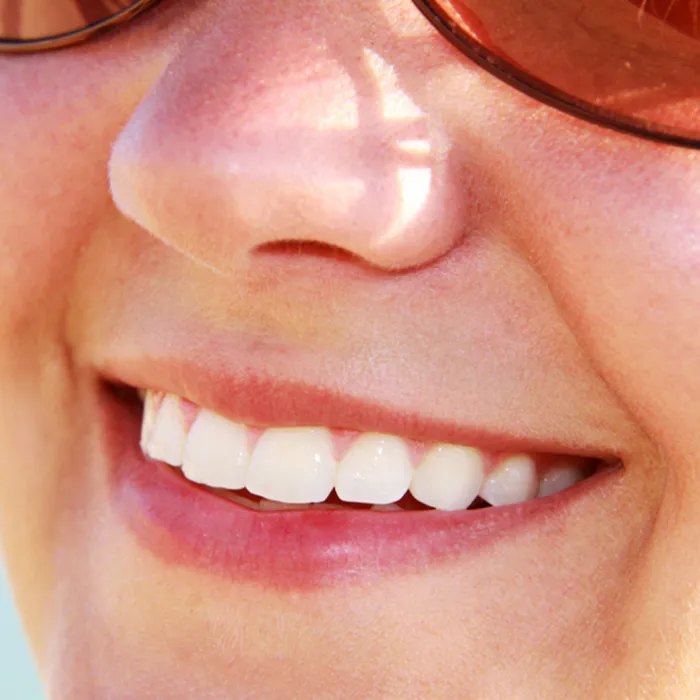Understanding the Challenge of DIY Teeth Whitening for Braces
Teeth whitening is a popular cosmetic procedure for achieving a brighter smile. However, when you have braces, the process becomes significantly more complex. Braces create unique challenges that can impact the effectiveness and safety of DIY teeth whitening methods. The brackets and wires create physical barriers that prevent whitening agents from evenly reaching the entire surface of your teeth. This can result in uneven whitening, where the areas covered by the brackets remain darker than the exposed parts of your teeth. Moreover, the presence of braces increases the risk of trapping whitening agents against the enamel, potentially leading to sensitivity or even damage. Therefore, understanding these challenges is the first step in approaching DIY teeth whitening while wearing braces, ensuring you make informed decisions to protect your oral health and achieve the best possible results.
Why Braces Make Whitening Tricky
Braces introduce several factors that complicate the teeth whitening process. First and foremost, the brackets and wires cover a significant portion of the tooth surface, preventing whitening agents from making direct contact with the enamel. This coverage leads to uneven whitening, often resulting in a ‘spotty’ appearance. Secondly, braces can trap food particles and plaque more easily, which can stain the teeth and make the whitening process less effective. These trapped substances can also create an environment where bacteria thrive, potentially leading to other dental issues. Furthermore, the adhesives used to attach the brackets can react differently to whitening agents, which may cause discoloration around the brackets. The complexity of cleaning around braces also makes it challenging to remove all surface stains, further hindering the whitening efforts. The challenges are amplified by the need for precision and a consistent approach, which can be difficult to maintain with DIY methods.
Potential Risks and Considerations
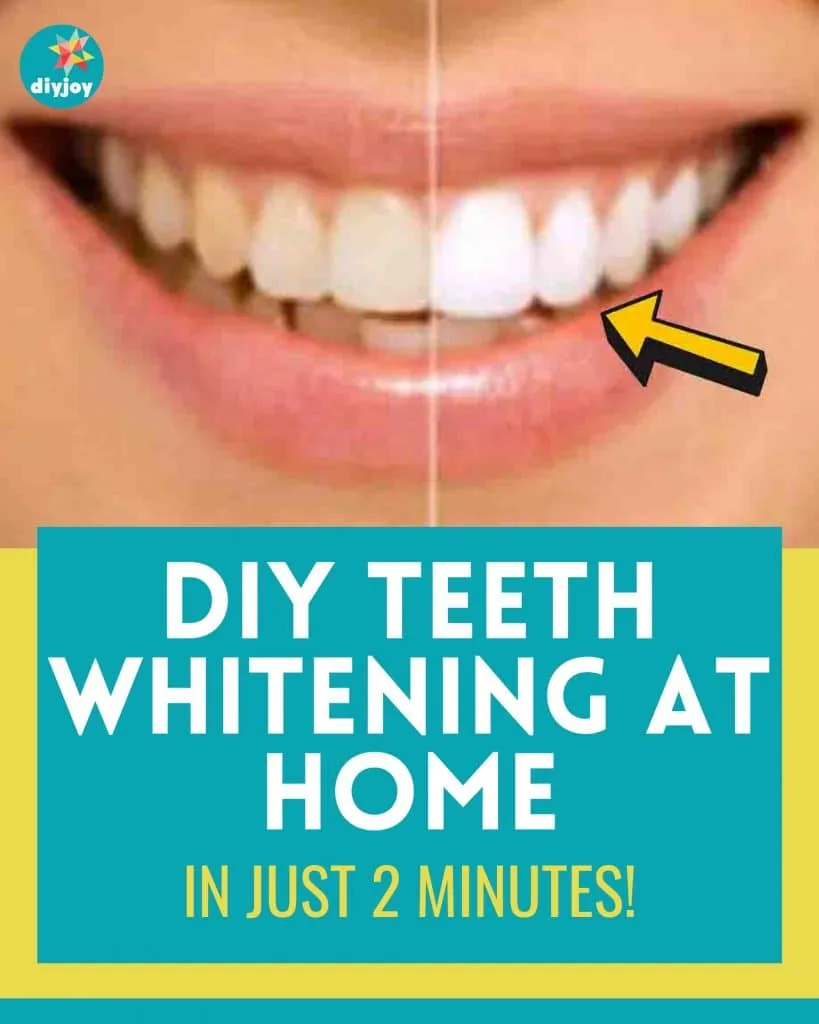
Embarking on DIY teeth whitening with braces comes with inherent risks that should be carefully considered. One major concern is uneven whitening, where the areas of the teeth covered by the brackets remain darker, creating an inconsistent appearance. Another potential risk is increased tooth sensitivity, as the whitening agents can penetrate the enamel and irritate the nerves. In some cases, excessive use of whitening products can lead to enamel erosion, making teeth more vulnerable to decay and damage. Furthermore, DIY methods may not be as effective as professional treatments, leading to disappointment and wasted time and resources. There’s also the risk of gum irritation or damage, especially if the whitening agent comes into contact with the soft tissues. Therefore, it’s crucial to weigh the potential benefits against these risks, and consider consulting with a dentist for a safer, more effective approach, minimizing harm to your teeth.
Essential Tools and Materials for DIY Whitening
If you choose to pursue DIY teeth whitening with braces, certain tools and materials are considered essential. First and foremost, you’ll need a good quality whitening toothpaste specifically designed for braces. These toothpastes often contain mild abrasives or whitening agents to help remove surface stains. Consider investing in a soft-bristled toothbrush, preferably one with an angled head, to reach all areas around the brackets and wires. Floss threaders are another must-have, as they enable you to thread floss under the wires and between the teeth effectively. Whitening strips designed for sensitive teeth can be used cautiously, but it’s essential to ensure that they don’t come into direct contact with the brackets. A small, angled mirror can aid in visualizing hard-to-reach areas, ensuring thorough cleaning and whitening application. Always read product instructions, consult with your dentist, and prioritize your oral health throughout the process.
Whitening Toothpaste for Braces
Whitening toothpaste can be a helpful addition to your oral hygiene routine while wearing braces. Many whitening toothpastes contain mild abrasives, such as hydrated silica or calcium carbonate, which help to remove surface stains and plaque. Some formulations also include a low concentration of hydrogen peroxide or other whitening agents, which can further enhance the whitening effect. When selecting a whitening toothpaste for braces, look for products that are specifically designed to be safe and effective around orthodontic appliances. Consider brands that are recommended by your dentist and that have been clinically tested. Remember that whitening toothpaste is most effective at removing surface stains and will not significantly change the intrinsic color of your teeth. Moreover, it’s crucial to brush gently to avoid damaging the enamel or irritating your gums, especially around the brackets and wires.
Whitening Strips & Braces
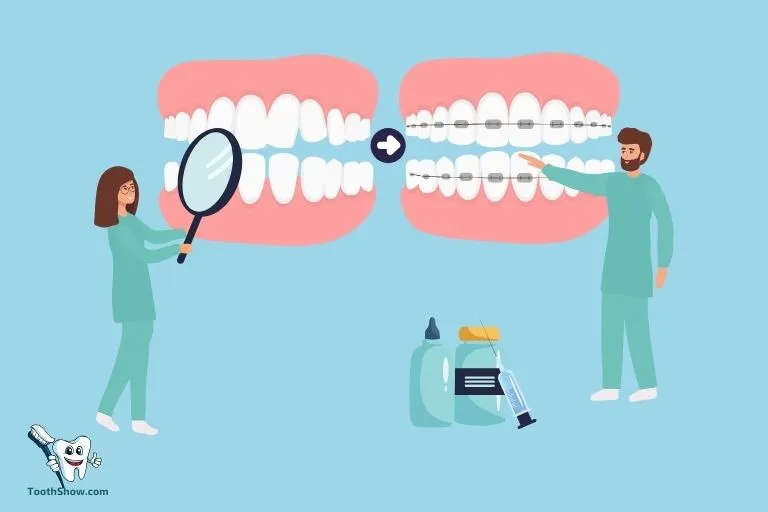
The use of whitening strips with braces requires careful consideration, as they can pose certain challenges. The primary concern is the uneven whitening that may result, as the strips may not be able to reach all surfaces of the teeth under the brackets. This can lead to an uneven appearance, with the areas covered by the brackets remaining darker. It is advisable to trim the whitening strips so that they do not make direct contact with the brackets, to avoid any potential damage. However, this can compromise the effectiveness of the whitening process, so you may not achieve the desired results. If you decide to use whitening strips, follow the manufacturer’s instructions, and monitor for any signs of increased sensitivity or gum irritation. Consultation with your dentist is recommended to discuss the suitability of whitening strips during your orthodontic treatment, ensuring you are making an informed decision based on your unique situation.
Homemade Whitening Recipes to Avoid
While the internet is filled with DIY teeth whitening recipes, it is essential to approach these with caution, especially if you have braces. Certain homemade methods, like using lemon juice or baking soda directly on your teeth, can be particularly damaging. Lemon juice is highly acidic and can erode the enamel, leading to increased sensitivity and potential damage. Baking soda, while mildly abrasive, can also damage enamel if used too frequently or aggressively. Other recipes might suggest using charcoal, but the effectiveness of charcoal whitening is not scientifically proven, and it can be abrasive, potentially causing harm. It is much better to consult your dentist for professional advice. Remember, safe and effective teeth whitening requires a scientific approach, and relying on unproven DIY methods is not worth the risk.
Step-by-Step Guide DIY Teeth Whitening Process
If you decide to proceed with DIY teeth whitening while wearing braces, follow these general steps. First, carefully brush and floss your teeth to remove any food particles or plaque. Consider using a soft-bristled toothbrush and floss threaders to navigate around your brackets and wires effectively. Next, if you’re using whitening toothpaste, apply a pea-sized amount to your toothbrush and gently brush all surfaces of your teeth, following the product instructions. For whitening strips, carefully apply them, ensuring that they don’t come into contact with the brackets, and trim them if necessary. Set a timer for the recommended duration. After the treatment, rinse your mouth thoroughly with water, and avoid eating or drinking anything that can stain your teeth for at least an hour. Monitor your teeth for any signs of increased sensitivity or gum irritation. Keep in mind, it’s best to consult your dentist before starting any DIY whitening regime, for personalized advice.
Preparing Your Teeth for Whitening
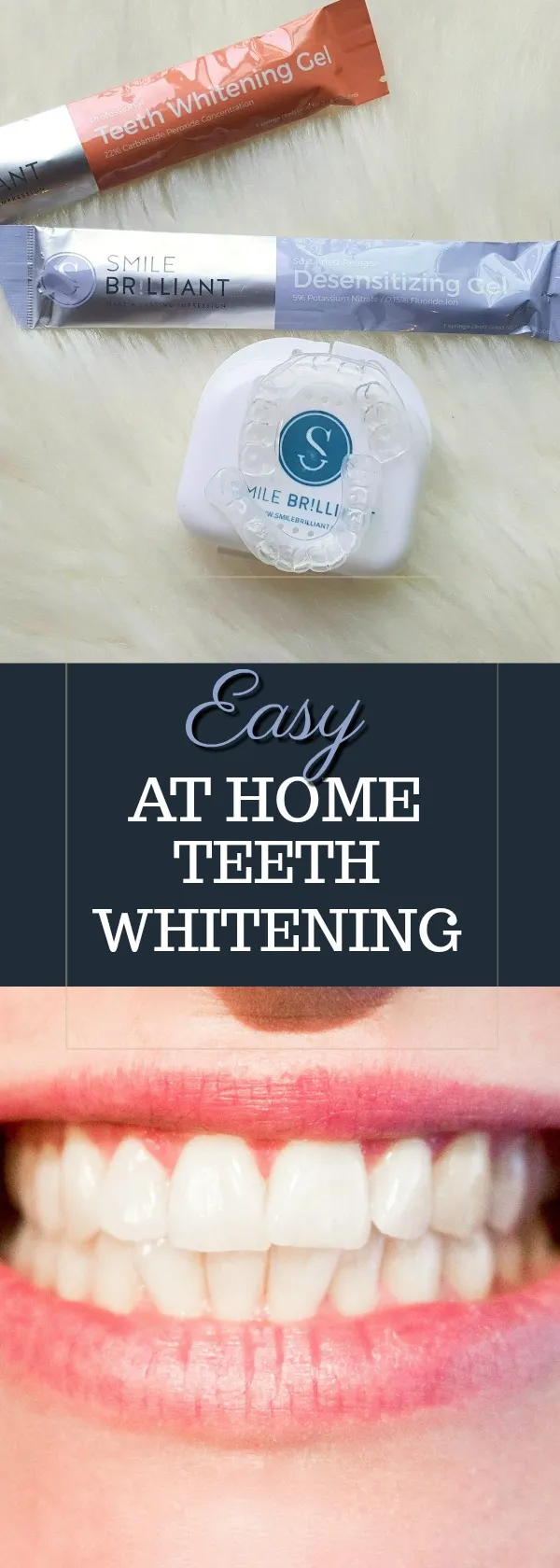
Preparing your teeth is a critical step in maximizing the effectiveness of any whitening treatment, especially when you have braces. Before you start any whitening procedure, ensure you thoroughly clean your teeth. Brush and floss meticulously to remove plaque, food debris, and surface stains. Use floss threaders or an interdental brush to clean around the brackets and under the wires effectively. If your dentist has recommended a professional cleaning, schedule this before starting your whitening treatment. Professional cleaning will remove built-up tartar and plaque, providing a clean surface for the whitening agents to act upon. This prepares your teeth, leading to a better whitening outcome. Once your teeth are clean, consider using a desensitizing toothpaste for a few weeks before whitening, to reduce any potential sensitivity. Consult with your dentist about any other preparation steps tailored to your unique needs.
Applying the Whitening Agent
The application of the whitening agent is crucial for achieving the desired results. If you are using whitening toothpaste, apply it as directed by the manufacturer, ensuring that you brush all surfaces of your teeth gently. If you choose to use whitening strips, carefully apply them, making sure they do not come into direct contact with the brackets. Trim the strips, if necessary, to achieve this. Follow the product instructions regarding the duration of application. After you have finished applying the whitening agent, avoid eating or drinking anything that can stain your teeth for at least an hour. Regular dental check-ups are essential, as they help to monitor any changes in your oral health and make any necessary adjustments to the whitening procedure. Always communicate with your dentist to develop a personalized plan that suits your needs and minimizes any potential risks.
Maintaining Results & Oral Health with Braces
Maintaining the results of your teeth whitening and overall oral health with braces requires a consistent and dedicated approach. Continue to practice good oral hygiene habits. Brush at least twice a day, and floss daily, making sure to clean around your brackets and wires thoroughly. Consider using an interdental brush or water flosser to reach areas that are hard to access with a regular toothbrush and floss. Avoid or limit foods and drinks that can stain your teeth, such as coffee, tea, red wine, and dark-colored berries. Regular dental check-ups and cleanings are critical to ensure the health of your teeth and gums. Your dentist can provide professional cleaning and monitoring to prevent potential problems. Be patient, as achieving and maintaining a bright smile during your orthodontic treatment is a process that requires diligence.
Best Practices for Daily Oral Hygiene
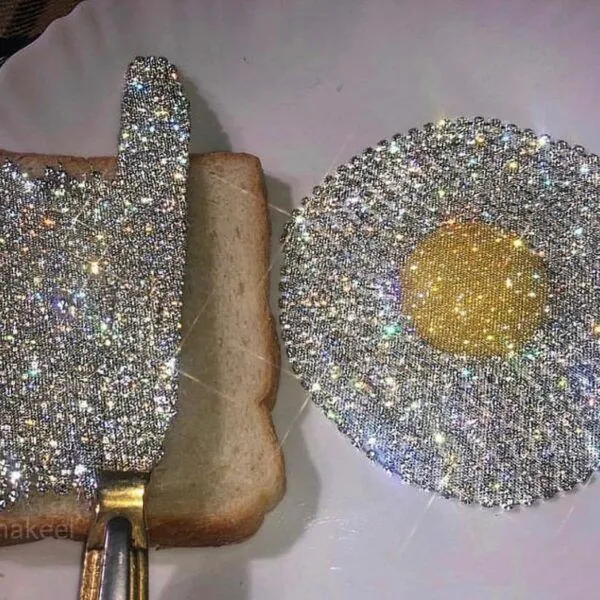
Maintaining exceptional oral hygiene is crucial, especially when you are wearing braces. Brush your teeth at least twice a day, using a soft-bristled toothbrush and fluoride toothpaste. Angle the brush to reach all surfaces of your teeth, including the areas around the brackets and wires. Floss daily, using floss threaders or an interdental brush to clean between your teeth and under the wires. This will remove any trapped food particles and plaque. Rinse your mouth with an antimicrobial mouthwash to help kill bacteria and freshen your breath. Consider using a water flosser, as it can help dislodge food and debris. Be thorough, and take your time to ensure you are cleaning every part of your mouth. Regularly visit your dentist for check-ups and professional cleanings to maintain optimal oral health and prevent potential problems. By following these daily practices, you will minimize the risk of stains, tooth decay, and gum disease.
Foods and Drinks to Avoid
Certain foods and drinks can stain your teeth, and it’s essential to avoid or limit them during your teeth whitening journey and while you have braces. Coffee, tea, red wine, and dark-colored sodas are notorious for staining teeth. Berries, such as blueberries, blackberries, and raspberries, can also stain. Moreover, foods like soy sauce, curries, and tomato-based sauces may contribute to staining. Consider consuming these in moderation, and rinse your mouth with water after eating or drinking them. Staying hydrated by drinking plenty of water can help flush away any staining agents. Try to incorporate a balanced diet, with an emphasis on fresh fruits and vegetables. By avoiding or limiting these staining foods and drinks, you can help preserve your bright smile and protect your investment in teeth whitening.
Professional Teeth Whitening Options
While DIY teeth whitening methods may seem appealing, especially with braces, professional teeth whitening offers superior results and safety. Dentists offer various in-office whitening treatments, using stronger whitening agents and specialized techniques to ensure even and effective results. These treatments are administered under controlled conditions, minimizing the risks associated with DIY methods. Moreover, your dentist can assess your oral health, address any underlying issues, and recommend the most appropriate whitening solution for your specific needs. Another option is at-home whitening kits provided by your dentist. These kits typically involve custom-fitted trays and stronger whitening gels than those available over the counter. Your dentist can provide instructions and guidance to ensure you are using the products safely and effectively. Professional teeth whitening offers advantages in terms of results, safety, and personalized care.
When to Consult Your Dentist
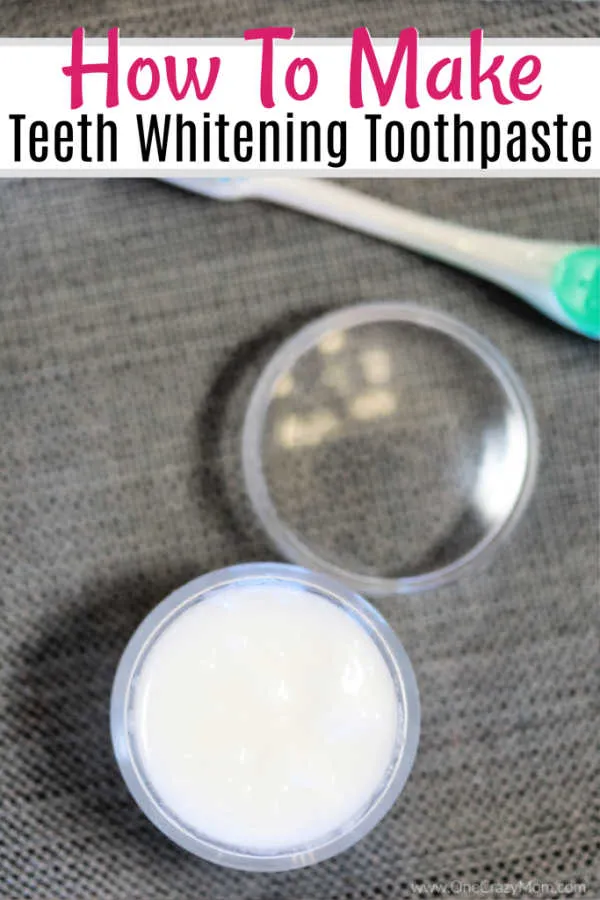
Consulting your dentist is paramount when you are considering DIY teeth whitening with braces. Your dentist can assess the health of your teeth and gums, check for any existing dental issues, and advise on the best approach for your unique circumstances. They can provide professional insights into the potential risks and benefits of whitening treatments, especially in the presence of braces. If you experience any increased sensitivity, gum irritation, or other discomfort during the DIY whitening process, contact your dentist immediately. They can provide guidance and suggest alternative options. Regular check-ups and professional cleanings are essential throughout your orthodontic treatment. Your dentist will also monitor your progress and address any concerns or issues that may arise. Prioritizing your dentist’s advice will help to ensure you maintain optimal oral health while pursuing teeth whitening.
Cost and Benefits Professional Whitening
The cost of professional teeth whitening varies, but it is an investment in a brighter, healthier smile. While DIY methods may seem more affordable initially, they often yield less satisfactory results and may even pose risks. Professional whitening, administered by a dentist, ensures a more effective and safer experience. The benefits extend beyond aesthetics, as a brighter smile can boost confidence and self-esteem. Moreover, a dentist can assess your oral health and address any underlying issues, promoting overall well-being. The cost of professional whitening includes not only the treatment itself but also the expertise of the dental professionals, and the use of high-quality products and equipment. Investing in professional whitening might be a better choice when considering the quality, safety, and long-term outcomes. Consider the benefits and risks before pursuing whitening methods while wearing braces.
